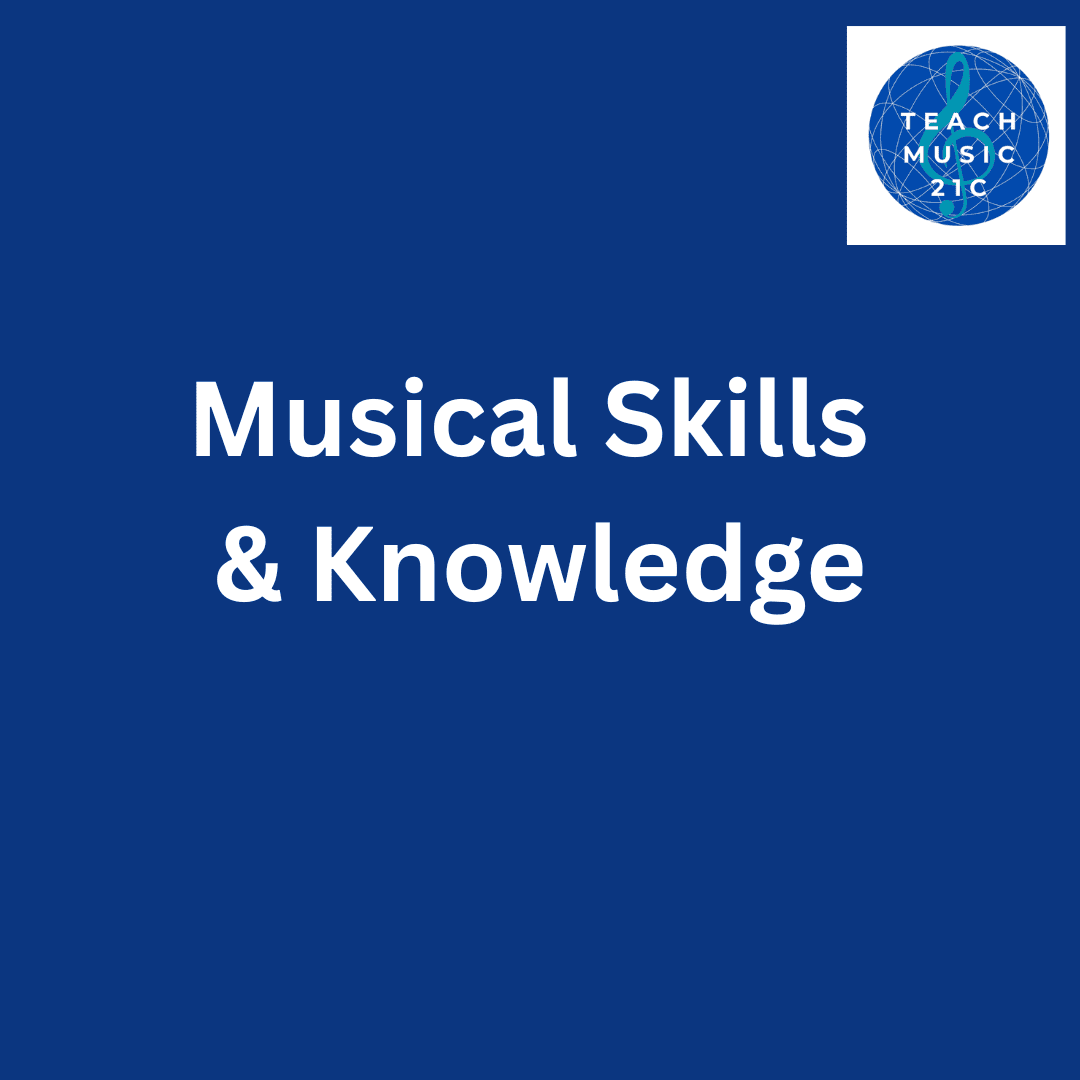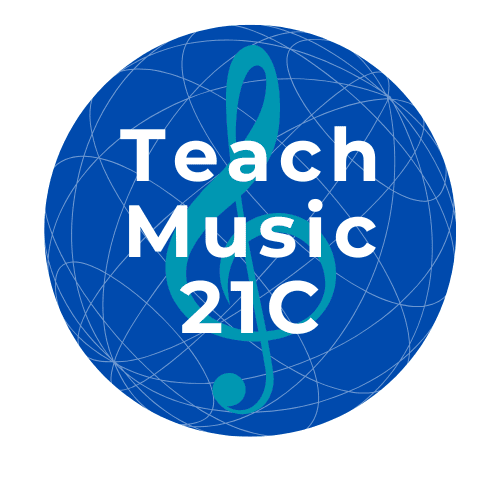I know I’ve been writing a lot these days about the transformation that’s taking place in music teaching. It's such an important development and there’s so much going on! It’s amazing to hear from so many teachers as we refine our teaching strategies. Which brings me to these timely questions: What makes a good music teacher in 2025? What are the key qualities of an effective music teacher in today’s music studios?
Take a look at these three essential characteristics for today's music teachers -

1. Musical Skills and Knowledge
To be effective in today's music teaching studios, it all starts with our own expertise in terms of musical skills and knowledge. And the list is absolutely huge. So I'm not going to itemize everything here. Let's just say there are already a ton of resources out there that address the topic of skills and knowledge.
What I want to emphasize is that our expertise needs to go beyond our ability to perform. It extends to how effectively we can help our students to learn. Musical skills and knowledge provide the foundation, but the point of teaching is for music teachers to translate our expertise into meaningful learning experiences for our students.

2. Student Interests and Teacher Structure
Today's music teachers recognize that every student comes with their own musical background, personality, and character. Our students have their own distinct musical interests and connections that drive their own musical journey. At the same time, music teachers also have our own structure or framework to guide students' musical development. Whereas previous music teacher generations may have ignored student musical interests, today we incorporate student musical drivers right from the first lesson. It's our way of ensuring that students stay engaged and continue to develop their own deep connection to music. Today's music teachers find out what excites our students about music, whether it's a favourite song, a specific genre, or even composing their own pieces.
What I find remarkable is how student interests and teacher structure influence each other. Like with my elementary student Luke who wants to learn the first few lines of Fur Elise. The problem for Luke is that the Fur Elise tempo is too quick. So we're using the repertoire from my teacher structure to help him gain the confidence and fluency of practicing slowly and carefully. By incorporating Luke's excitement for learning a few lines from Fur Elise, I'm able to give greater purpose to his formal repertoire.
The challenge with student interests is that sometimes it can feel like we're really getting off track - spending too much time without getting much from it. That's where I want to make sure I keep reasonable and manageable goals in mind. For me, it's important not to get stuck in any one place - whether it's student interests or teacher structure. Helping Luke stay engaged and develop meaningful connections with music is important. At the same time - it's not helpful when everything grinds to a halt.

3. Understanding How Learning Works
Today's music teachers understand that effective learning processes are much more complex than simple linear processes that move from one skill to the next or one level to the next higher. When students are engaged in effective learning processes, they encounter an entire spectrum of personal experiences: internalization and forgetting, growth and rest, challenges and easy goals, differentiated routines and single focus. In other words, students' experience of learning isn't just about a single layer of repetition and memorization. Our goal is to help students broaden and expand their awareness, understanding, and reflective capabilities so that students really have ownership of their own learning journey. Students know what learning is all about.
I'll share the example of my student Alex who moved to Calgary after starting lessons in another city a few years ago. His favourite way of practicing was to play everything as fast as possible. And I could most assuredly understand his reasoning that playing fast was the ultimate way to test his progress, and so I encouraged him to keep testing his progress week after week. Then came the week when Alex reported thinking he might try slower speeds for a while to see what would happen. He wasn't sure that continuing to practice fast would have much of an impact. It was just the first of many strategies that we would add to his learning routine - each time Alex recognizing that he'd gone as far as he could with his current strategies. Over time and through his own experience, Alex learned that progress comes from being open to changing things up.
I appreciate how today's music teachers need to have an informed understanding of what effective learning processes look like. It's not enough to do what we've always done. Now is the time to create safe spaces for our students learning - which may mean moving in previously uncharted and unfamiliar directions.
Final Thoughts
I know we can all see how music teaching in 2025 is about much more than showing students where to put their fingers or how to read notes. Successful and effective music teachers bring multiple characteristics to our teaching. We share our musical expertise in terms of skills and knowledge. We recognize and encourage our students musical interests. We know how students learn, what engages them, and how to guide them on their musical journey.
Where do you feel comfortable? What would you like to develop more deeply? How can you make that happen?
The above three characteristics make an excellent entry point - but there's more to our toolkit. Stay tuned in the coming weeks for more additions. There's more for us to examine - all with the purpose of creating learning experiences that inspire and support students for a lifetime of music making.
